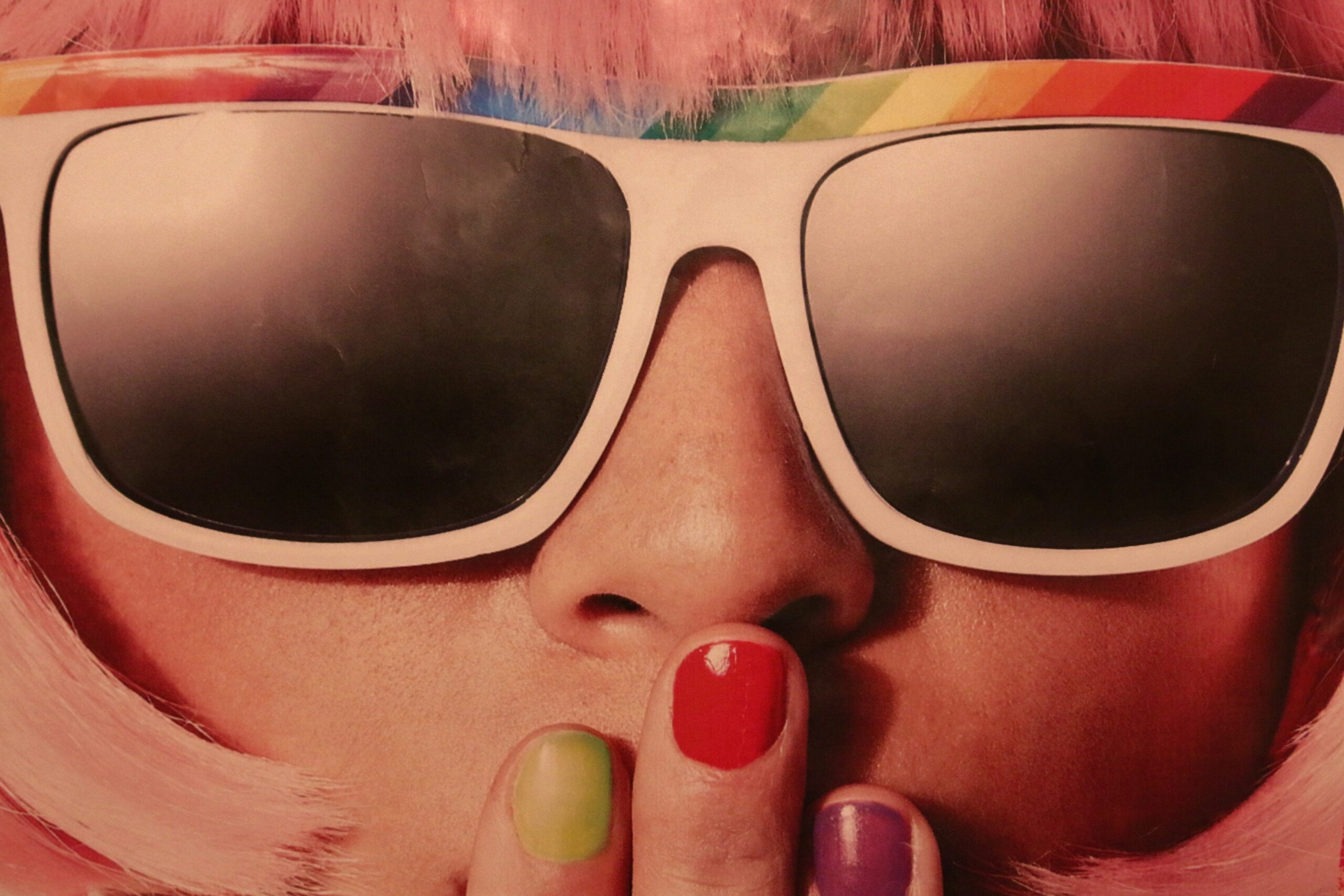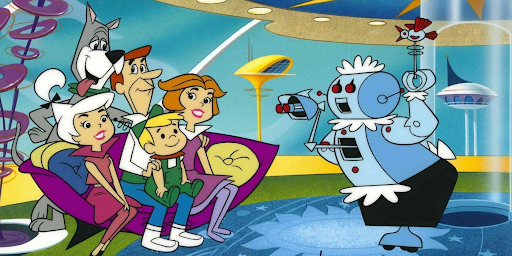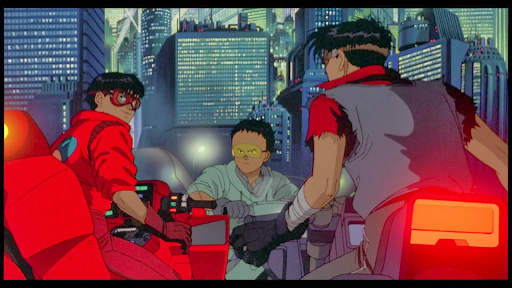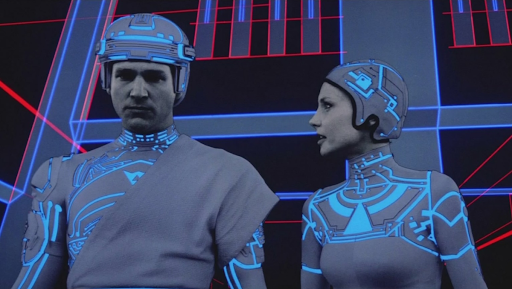Retro is Back in Style


Retro Intro
Design, like all culture, is constantly evolving. New impulses and ideas create new forms. But part of this process also includes old impulses and ideas being used as inspiration for the new. Styles can be recycled and be given new life and impetus by the influence of the current contemporary world.
Retro is a term that seems to crop up in every list for that year's hot trends. So why is retro so evergreen and why do designers like going back to the future so much? In this blog we'll look at the enduring appeal of retro and at some specific retro styles and applications.
The meaning of the word Retro has evolved slightly in the last few decades. It used to imply old-fashioned and backward-looking. Now it is a useful label given to styles from at least 20 years ago but not more than 40. More than 40 and we are in Vintage territory. It's used a lot for fashion and clothing but the second most popular use (probably) is for design.
20-40 years ago means the 80s and 90s in the strictest sense but for design it's looser, also including many elements from throughout the 20th century.
Old Style, New Technology
Perhaps one of the key reasons why retro is currently so popular is that it gives artists a chance to play with old styles using new technologies that weren't available before. This is especially true for animation which has been revolutionised by the advent of digital technology and computers.
Before the 80s, traditional animation was hand-drawn, frame by frame. It produced beautiful films but it could be laborious and time-consuming. Computers have changed all that, allowing faster production times but also allowing a wider variety of techniques and styles to be used. As software becomes more sophisticated and accessible, animators can composite films that look like they were traditionally hand-drawn (using actual hand-drawn animations or 2D digital animation made to look hand-drawn).
Software like After Effects lets you easily give a film a retro look and feel using layers and keyframes.

Retro Futurism
No-where is the idea of mixing old and new aesthetics more pronounced than in the sub-genre of Retro-Futurism.
Retro-futurism is like the history of the future, a warm, nostalgic celebration of how the future was once envisaged. It's a world of robots and animatronics, fantastic machines and flying cars, space travel and technical ingenuity.
The look has evolved over the decades with its roots in Fritz Lang's iconic Metropolis and early pulp sci-fi comics.
In animation, retro-futurism reached the mainstream with the Hanna and Barbera cartoon The Jetsons and the torch was passed on to Futurama and Pixar's The Incredibles. It's easy to understand why it's such a rich vein of inspiration for animators, with such wild ideas and strong visuals. If the present sucks, it's easy to be drawn to the idealism of Retro-futurism's bright new tomorrow.
Here's a good short film about the connections between retro-futurism and animation.

Cyberpunk and Steampunk
William Gibson ushered in the era of cyberpunk with his novel Neuromancer in 1984 and science-fiction has never been the same since. It was soon absorbed into the animation canon with classics like Akira and Ghost in the Shell as Japanese anime became popular too.
Special mention also for Richard Linklater's rotoscoped adaptation of Philip K. Dick's A Scanner Darkly.
Cyberpunk's obsession with a future that is both technologically sexy but also terrifying, means that it remains relevant to today, perhaps more than ever, and that could explain why the cyberpunk aesthetic is enjoying a renaissance at the moment.
Steampunk is a subgenre of cyberpunk that has emerged in the last two decades and mixes sci-fi technology with industrial Victoriana - a perfect retro combination. Nausicaa and Steamboy are two great examples.
The 80's Aesthetic.
The 80's had a very distinct look - both loved and hated in equal measure. It was the decade of MTV, video games, Miami Vice, big hair and vibrant colours. Perhaps it was the last decade to have a unique, strong, instantly recognizable aesthetic and that is the reason designers and artists are constantly drawn back to it for inspiration. It was also a rich and optimistic time for culture: music was booming, computers and video games were becoming part of the social fabric, the Cold War was coming to a close and environmental collapse was just a whisper on the horizon. The future looked bright and this was reflected in the socio-cultural mood.
In animation, the coming arrival of technology and computers could be felt and films like Tron captured the zeitgeist.

The influence of Tron in today's retro design renaissance cannot be underestimated. Bright neon, sharp vectors and technological playgrounds have been enthusiastically embraced by today's visual artists.
Another distinct 80s animation aesthetic was the mass-produced TV series like He-Man, Spiderman and Transformers. These cheap and cheerful 2D shows were made fast, and it shows. But they made an imprint on culture and today, the next generation of animators are recreating that look and reinventing it for social media.
The 80's is everywhere. Distressed denim, shellsuits, mullets and bright neon colours can be seen in clubs and high streets and in music, synthwave is enjoying a surge in popularity - mixing visual and auditory styles perfectly.
The 90s Aesthetic
The 90s took the design explosion of the 80s and kept running with it. The look was similar but was becoming more sophisticated and nuanced. Hip-hop and graffiti-inspired design was the Big Thing, but the arrival of Grunge into the mainstream seemed to put the brakes on the vivid colours and hot energy as the decade wore on.
Digital and 3D were the defining influences on animation for the decade and the rise of Pixar and Disney was inevitable, bringing in a new level of visual wowness for the approaching new millenium. Looking at 3D animation from the 90s today it can look pretty crude. Maybe the world isn't quite ready for the 90's 3D animation retro revival… yet.
Other Examples of the Rebirth of Retro in Animation
Moving beyond the confines of the 80's and 90's, retro is currently cool across a wide range of time periods. Animators often like to counterbalance technical sophistication with a basic, lo-fi style, purposefully making the visuals look dated, faded or rough round the edges. Adding grain, camera shake, low rpms and screen flicker are all tricks that can be done with software. The popular computer game Cuphead is a good example of this which now has its own TV show.
Ink Blot Cartoon style hails from the golden age of cinema around the 20s and 30s and gave us classic vintage animations like Betty Boop, Felix the Cat and the Fleischer Brothers. It's been rediscovered and repurposed by today's animators for the new mediums spawned by the internet.
The acid-bright visuals of the 80's and 90's are also connected to the surge of interest in psychedelia as the analogue 60's gets a 21st century makeover. Looking back on the last millennium from the vantage point of 2022, it's much easier to see the cultural connections between these seemingly incongruous styles. It's also a little depressing to see how bland and unadventurous today's original trends are compared to 30-40 years ago…
Retro Outro
Retro Design can mean many things with many cultural reference points to pick and choose from. It might not be groundbreakingly original on its own but when it's combined with new technologies, it becomes something different and infused with new meaning and energy.
Millennials may have missed out the first time round but they are reclaiming the design era of their birth for their own and creating some beautiful animation, such as this work by German artist Florian Renner.
